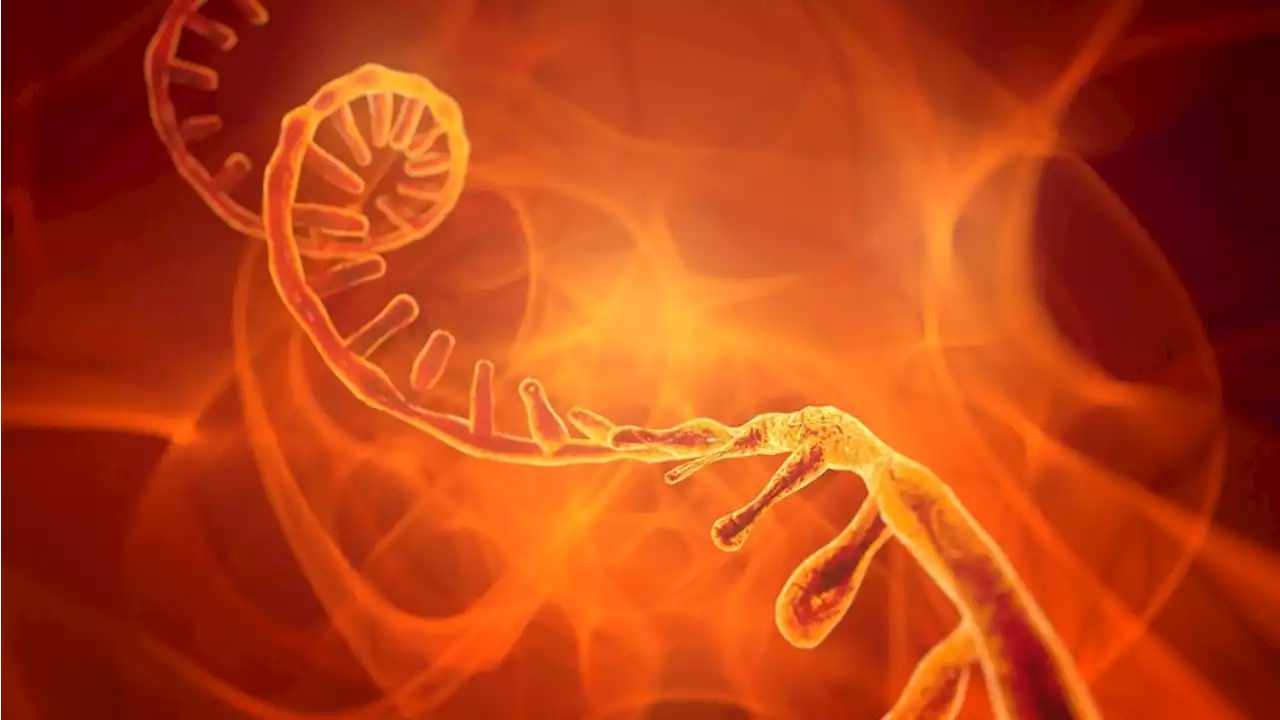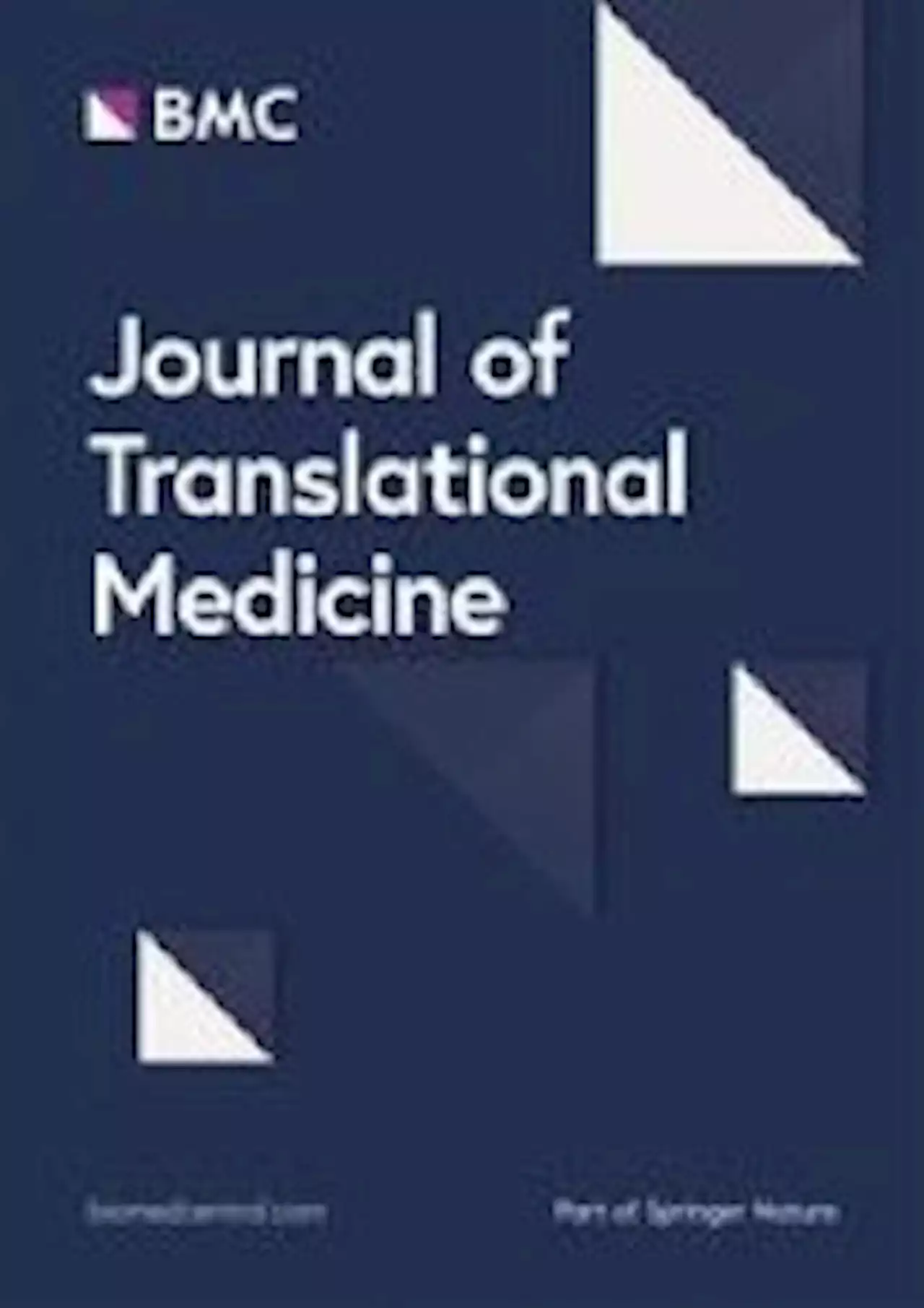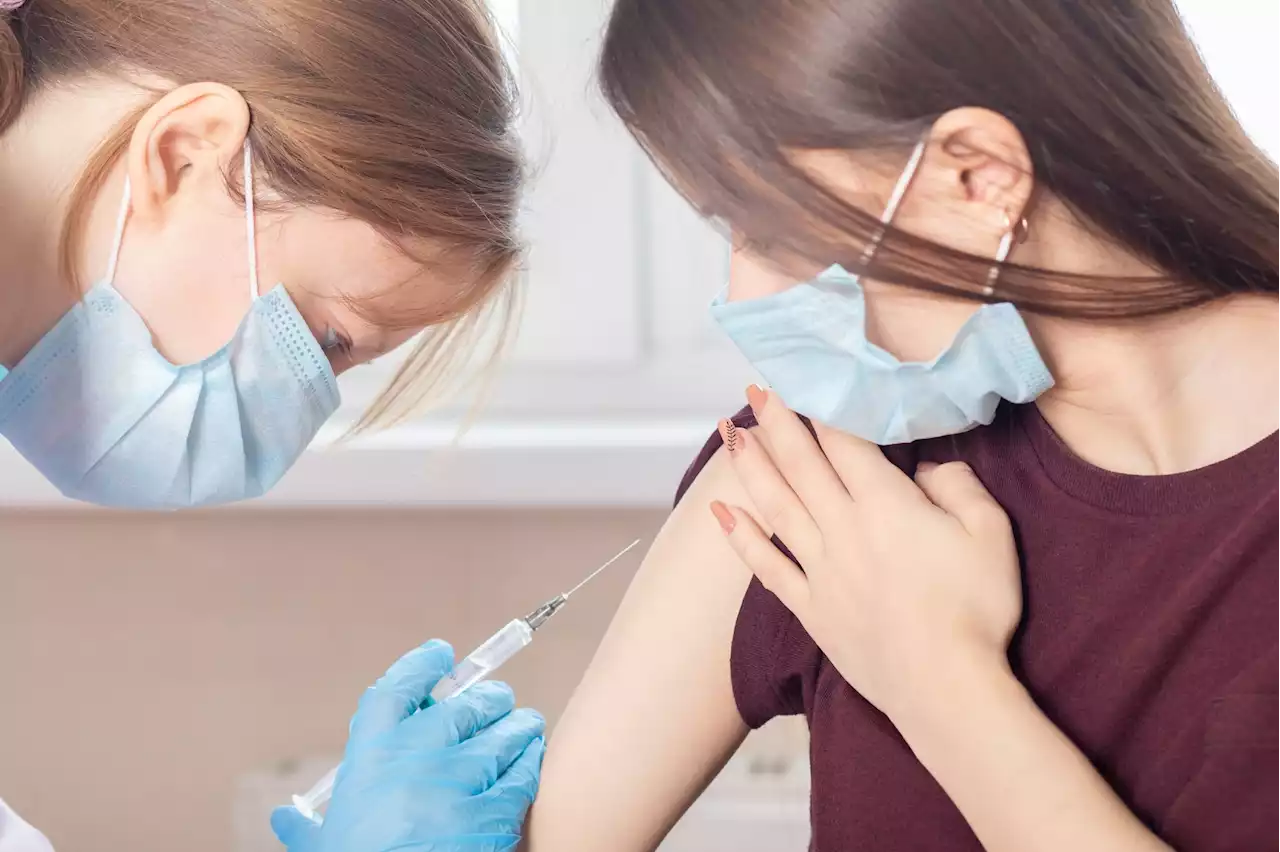Systemic inflammation triggered by SARS-CoV-2 found to cause human testicular injury biorxivpreprint uhmanoa SARSCoV2 COVID19 MensHealth Inflammation
By Neha MathurSep 26 2022Reviewed by Aimee Molineux In a recent study posted to the bioRxiv* preprint server, a team of researchers demonstrated that the testicular injury in humans is not due to direct severe acute respiratory syndrome coronavirus 2 infection but more likely is an indirect effect of exposure to systemic inflammation or SARS-CoV-2 antigens.
Abundant ACE2 receptors in resident testicular cells might be responsible for testicular injury during SARS-CoV-2 infection. In testis, ACE2 regulates testosterone production and interstitial fluid volume via modulating the conversion of Angiotensin 2 to Angiotensin 1. Other causes of testicular injury could be direct virus infection of resident cells or exposure to systemic inflammatory infection mediators or virus antigens.
First, the team infected well differentiated 2D cultures of human airway epithelial cells grown on transwell inserts at a multiplicity of infection equals one and measured infectious virions on the apical and basal sides of the inserts. Study findings The researchers detected SARS-CoV-2 RNA in the range of log 2 to 3 genome copies in all cell models, but the virus copies did not increase between 24 and 96 hpi. SARS-CoV-2 infection of SC and LC at a higher MOI of 10 also did not trigger SARS-CoV-2 virions release in the HAE supernatant over 96 hours. Likewise, the immunofluorescence assay could not detect the SARS-CoV-2 spike protein in infected SC and LC.
South Africa Latest News, South Africa Headlines
Similar News:You can also read news stories similar to this one that we have collected from other news sources.
 Study investigates long-range RNA-RNA interactions of SARS-CoV-2Researchers explored RRIs [long-range ribonucleic acid (RNA)-RNA interactions] in SARS-CoV-2 variants of concern genomes to assess evolutionary changes in SARS-CoV-2.
Study investigates long-range RNA-RNA interactions of SARS-CoV-2Researchers explored RRIs [long-range ribonucleic acid (RNA)-RNA interactions] in SARS-CoV-2 variants of concern genomes to assess evolutionary changes in SARS-CoV-2.
Read more »
 Long-term neuromuscular consequences of SARS-Cov-2 and their similarities with myalgic encephalomyelitis/chronic fatigue syndrome: results of the retrospective CoLGEM study - Journal of Translational MedicineBackground Patients with long-COVID often complain of continuous fatigue, myalgia, sleep problems, cognitive dysfunction, and post-exertional malaise. No data are available on EMG recording of evoked myopotentials (M-waves) or exercise-induced alterations in long-COVID patients, providing evidence of muscle membrane fatigue. Myalgic encephalomyelitis/chronic fatigue syndrome (ME/CFS) develops in more than half of patients after an infectious disease, particularly viral diseases. A large proportion (around 70%) of these patients have neuromuscular disorders with M-wave alterations during and after exercise. Our hypothesis was that M-wave alterations would be also found in long-COVID patients, in association with neuromuscular symptoms, similar to ME/CFS. Methods This retrospective observational ColGEM (Covid LonG Encéphalomyelite Myalgique) study compared 59 patients with long-COVID and 55 ME/CFS patients with a history of severe infection who presented before the COVID pandemic. All of these patients underwent the same protocol consisting of a questionnaire focusing on neural and neuromuscular disorders and M-wave recording in the rectus femoris muscle before, during, and 10 min after a progressive cycling exercise. Maximal handgrip strength (MHGS) and maximal exercise power were also measured. The frequency of symptoms and magnitude of M-wave changes in the two groups were compared using non-parametric and parametric tests. Results The frequency of fatigue, myalgia, sleep problems, cognitive dysfunction, and post-exertional malaise as well as the magnitude of exercise-induced M-wave alterations were the same in the two groups. By contrast, digestive problems were less present in long-COVID. M-wave alterations were greater in ME/CFS patients as in those with long-COVID when the highest muscle strength and highest exercise performance were measured. Conclusions These high clinical and biological similarities between long-COVID and ME/CFS support the hypothesis that S
Long-term neuromuscular consequences of SARS-Cov-2 and their similarities with myalgic encephalomyelitis/chronic fatigue syndrome: results of the retrospective CoLGEM study - Journal of Translational MedicineBackground Patients with long-COVID often complain of continuous fatigue, myalgia, sleep problems, cognitive dysfunction, and post-exertional malaise. No data are available on EMG recording of evoked myopotentials (M-waves) or exercise-induced alterations in long-COVID patients, providing evidence of muscle membrane fatigue. Myalgic encephalomyelitis/chronic fatigue syndrome (ME/CFS) develops in more than half of patients after an infectious disease, particularly viral diseases. A large proportion (around 70%) of these patients have neuromuscular disorders with M-wave alterations during and after exercise. Our hypothesis was that M-wave alterations would be also found in long-COVID patients, in association with neuromuscular symptoms, similar to ME/CFS. Methods This retrospective observational ColGEM (Covid LonG Encéphalomyelite Myalgique) study compared 59 patients with long-COVID and 55 ME/CFS patients with a history of severe infection who presented before the COVID pandemic. All of these patients underwent the same protocol consisting of a questionnaire focusing on neural and neuromuscular disorders and M-wave recording in the rectus femoris muscle before, during, and 10 min after a progressive cycling exercise. Maximal handgrip strength (MHGS) and maximal exercise power were also measured. The frequency of symptoms and magnitude of M-wave changes in the two groups were compared using non-parametric and parametric tests. Results The frequency of fatigue, myalgia, sleep problems, cognitive dysfunction, and post-exertional malaise as well as the magnitude of exercise-induced M-wave alterations were the same in the two groups. By contrast, digestive problems were less present in long-COVID. M-wave alterations were greater in ME/CFS patients as in those with long-COVID when the highest muscle strength and highest exercise performance were measured. Conclusions These high clinical and biological similarities between long-COVID and ME/CFS support the hypothesis that S
Read more »
 Trial tests efficacy and safety of NVX-CoV2373 COVID-19 vaccine among adolescentsIn a recent study posted to the medRxiv* preprint server, researchers in the United States described the safety, efficacy, and immunogenicity of the NVX-CoV2373 vaccine against severe acute respiratory syndrome coronavirus 2 (SARS-CoV-2), tested in PREVENT-19 — a phase 3, randomized, placebo-controlled, observer-blinded trial among 12- to 17-year-old adolescents in the United States (U.S).
Trial tests efficacy and safety of NVX-CoV2373 COVID-19 vaccine among adolescentsIn a recent study posted to the medRxiv* preprint server, researchers in the United States described the safety, efficacy, and immunogenicity of the NVX-CoV2373 vaccine against severe acute respiratory syndrome coronavirus 2 (SARS-CoV-2), tested in PREVENT-19 — a phase 3, randomized, placebo-controlled, observer-blinded trial among 12- to 17-year-old adolescents in the United States (U.S).
Read more »
Remdesivir resistance in transplant recipients with persistent COVID-19The medical community currently lacks robust data regarding the incidence, prevalence, and clinical significance of mutations associated with resistance to severe acute respiratory syndrome coronavirus-2 (SARS-CoV-2) therapeutics. This report describes two renal transplant recipient...
Read more »
 Study investigates long-range RNA-RNA interactions of SARS-CoV-2Researchers explored RRIs [long-range ribonucleic acid (RNA)-RNA interactions] in SARS-CoV-2 variants of concern genomes to assess evolutionary changes in SARS-CoV-2.
Study investigates long-range RNA-RNA interactions of SARS-CoV-2Researchers explored RRIs [long-range ribonucleic acid (RNA)-RNA interactions] in SARS-CoV-2 variants of concern genomes to assess evolutionary changes in SARS-CoV-2.
Read more »
 Teen arrested after 11 injured in Scunthorpe car meet incidentA 17-year-old has been arrested on suspicion of causing serious injury by dangerous driving Scunthorpe
Teen arrested after 11 injured in Scunthorpe car meet incidentA 17-year-old has been arrested on suspicion of causing serious injury by dangerous driving Scunthorpe
Read more »
